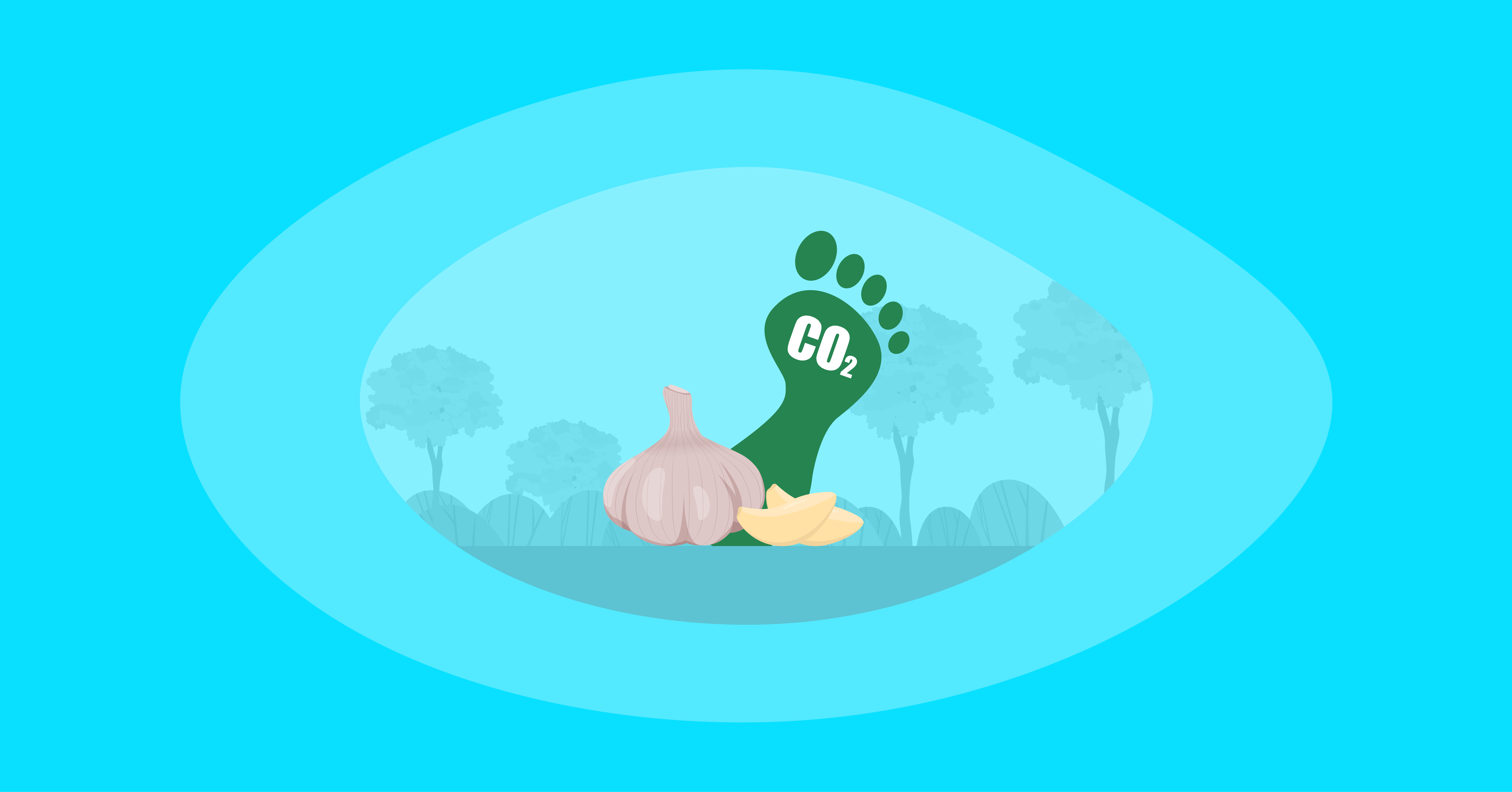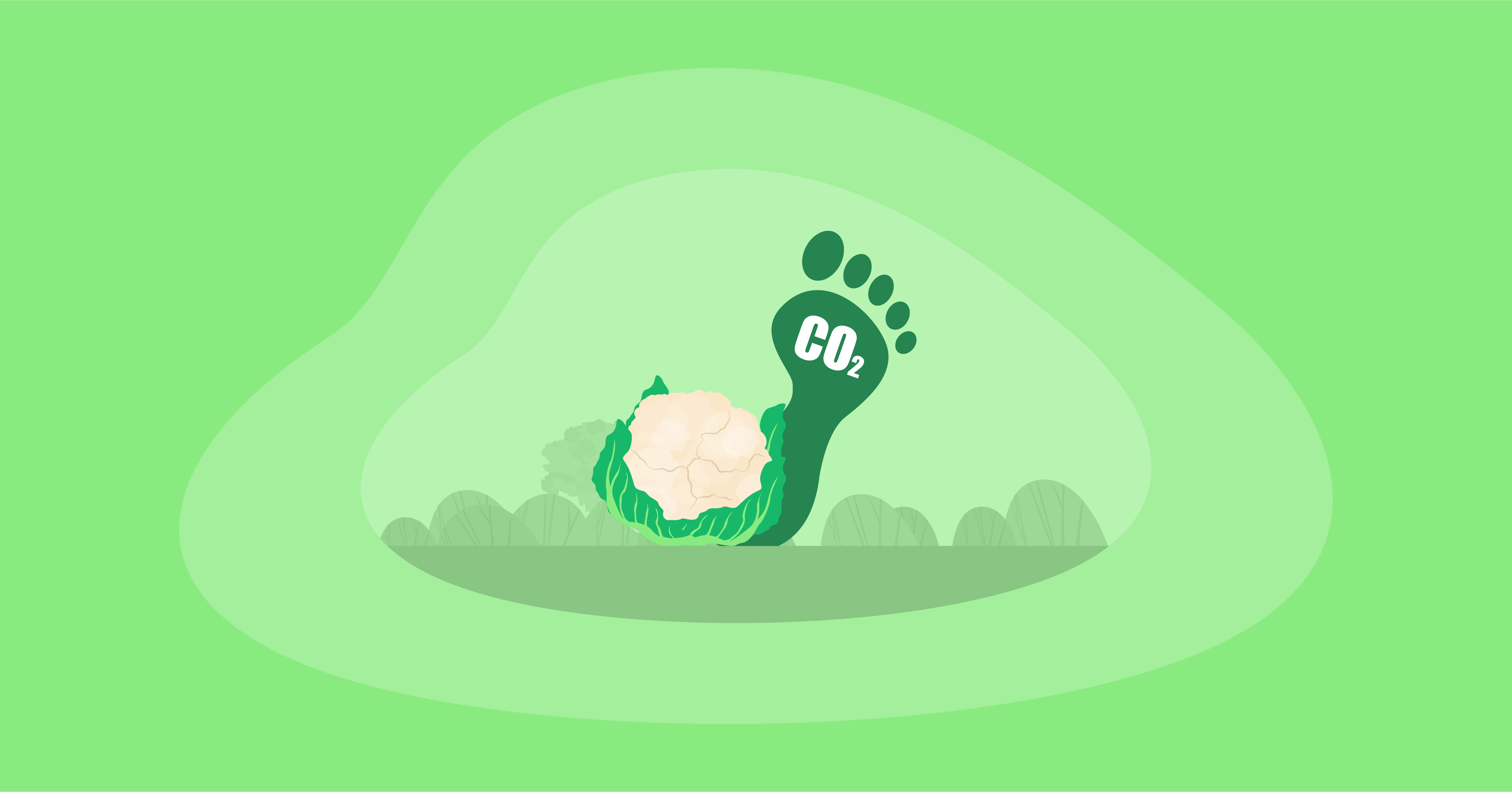What Is the Carbon Footprint of Garlic? A Life-Cycle Analysis
The average American eats two pounds of garlic a year, and 14% of us put garlic on nearly everything we cook. Garlic has a host of health benefits and medicinal properties, and could help reduce cholesterol and heart disease. Furthermore, it contains antioxidants that may prevent the common cold, dementia, and Alzheimer’s disease. Yet, much less is shared about the environmental impact, and especially the carbon emissions of garlic. So we had to ask: What is the carbon footprint of garlic?















